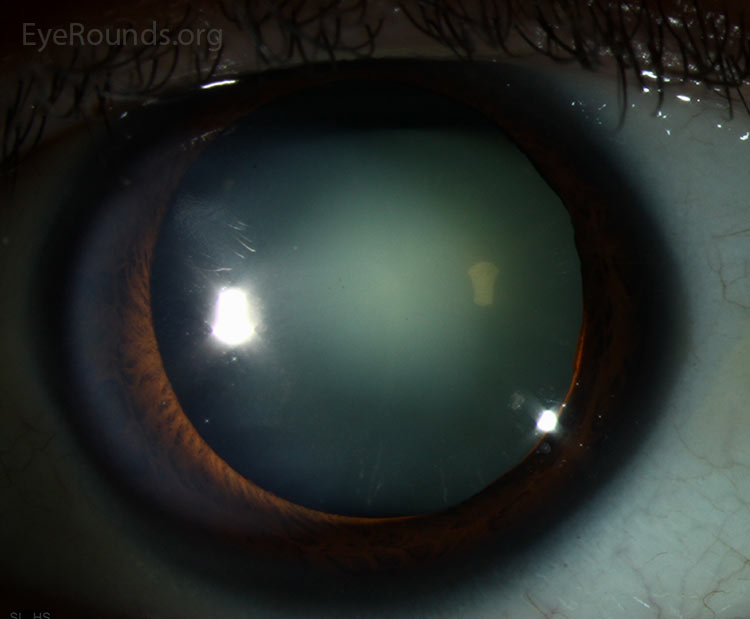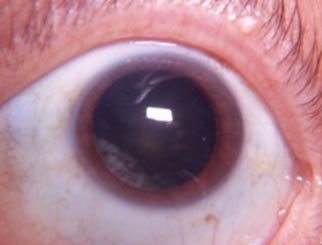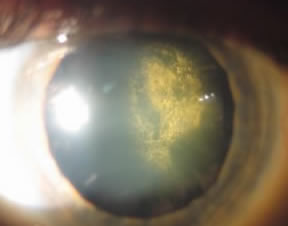Cataracts:
From One Medical Student to Another
page 2
SYMPTOMS
A cataract is any opacity or discoloration of the usually clear crystalline lens. This opacity or discoloration prevents light from passing properly through the lens to focus on the retina. Symptoms appear slowly and painlessly. They include any one or all of the following:
- cloudy/blurry vision
- glare
- halos
- perception of faded colors
- yellowing/browning of vision
- decreased night vision
- frequent eyeglass prescription changes
TYPES OF CATARACTS
The different types of cataracts are generally described by their position within the lens, as noted below.





